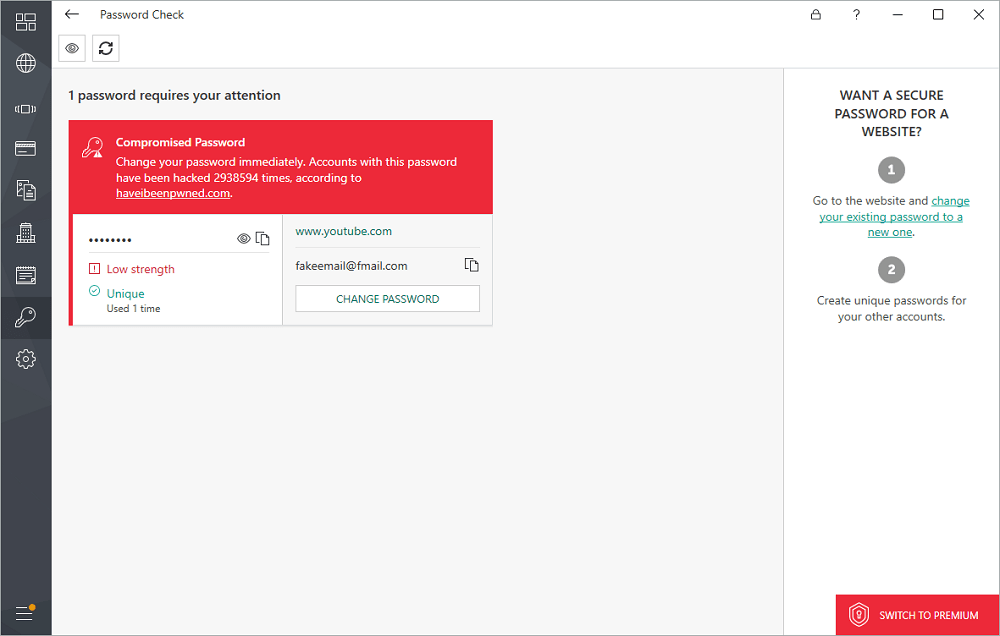

- KASPERSKY PASSWORD MANAGER NOT WORKING WITH CHROME HOW TO
- KASPERSKY PASSWORD MANAGER NOT WORKING WITH CHROME SOFTWARE
- KASPERSKY PASSWORD MANAGER NOT WORKING WITH CHROME FREE

Choose “Preferences” and click “Privacy and Security”. Click the Firefox menu in your browser toolbar.Once this is turned off, you’ll no longer be saving passwords to Firefox, but Firefox will keep the ones you’ve already saved. From there, click “Privacy and Security”, and turn off the “Remember logins and passwords for websites” feature.Navigate to the Firefox menu in your toolbar and choose “Options”.Keeper will handle your autofill password feature from now on, so you want to delete your passwords from Chrome altogether. You don’t want more than one password manager going at once.

This makes for a better user experience and fewer login conflicts with websites. Keeper allows you to migrate passwords from Chrome into its password manager quickly and easily for a seamless transition.Įven after you’ve migrated your passwords, you should manually delete every password saved to Chrome. If you’ve already saved passwords into Chrome, you can make the moving process easier with Keeper.
KASPERSKY PASSWORD MANAGER NOT WORKING WITH CHROME HOW TO
How to Get Google Chrome to Stop Saving Your Passwords They offer their own security protocols to keep things under lock and key.
KASPERSKY PASSWORD MANAGER NOT WORKING WITH CHROME FREE
Standalone password managers are free from any threats to your internet browser. Browsers can be hacked and personal information (including those passwords) can be exposed.Ī multi-device password manager like Keeper is the better choice for keeping things secure and managed properly. Secondly, browser-based password managers simply aren’t as secure because they’re contained within your browser, and therefore are not encrypted vaults.
KASPERSKY PASSWORD MANAGER NOT WORKING WITH CHROME SOFTWARE
For starters, they can conflict with non-browser-based password management software you may concurrently have, causing login issues or even security contradictions.

Modern browsers usually have their own versions of a password manager, but there are many problems with built-in password managers. Passwords are your first line of defense against cyberattacks, and a password manager is your all-in-one tool for managing, storing, changing, and protecting passwords. Strengthen your organization with zero-trust security and policiesĪchieve industry compliance and audit reporting including SOX and FedRAMP Restrict secure access to authorized users with RBAC and policies Initiate secure remote access with RDP, SSH and other common protocols Manage and protect SSH keys and digital certificates across your tech stack Securely manage applications and services for users, teams and nodes Protect critical infrastructure, CI/CD pipelines and eliminate secret sprawlĪchieve visibility, control and security across the entire organization Securely share passwords and sensitive information with users and teamsĮnable passwordless authentication for fast, secure access to applications Seamlessly and quickly strengthen SAML-compliant IdPs, AD and LDAP Protect and manage your organization's passwords, metadata and files


 0 kommentar(er)
0 kommentar(er)
